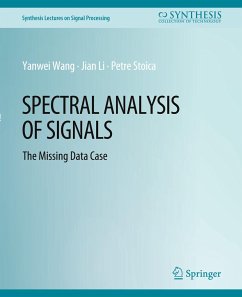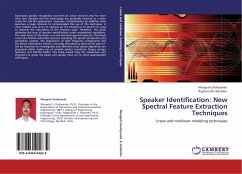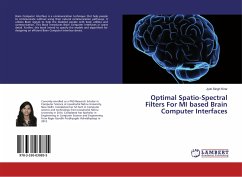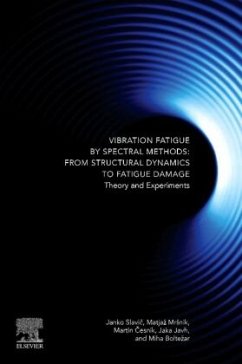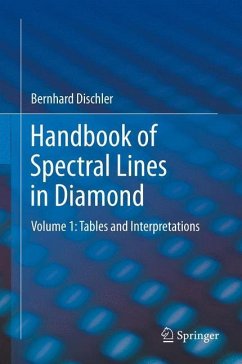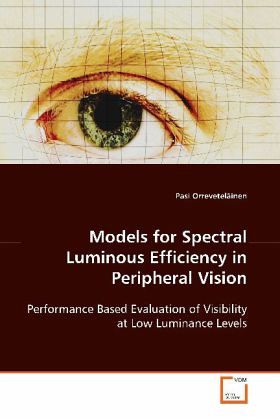
Models for Spectral Luminous Efficiency in Peripheral Vision
Performance Based Evaluation of Visibility at Low Luminance Levels
Versandkostenfrei!
Versandfertig in 6-10 Tagen
32,99 €
inkl. MwSt.

PAYBACK Punkte
16 °P sammeln!
Visibility calculations for night-time conditions arecurrently based on day-time vision. Under reducedlight levels, such as road lighting, the spectralsensitivity of the eye is, however, different inperipheral vision. Peripheral vision, which includesmajor part of the vision, plays important role insituations where presence and motion of objectsoutside the central vision affect the safety andjudgement of actions. Currently applied models basedon central vision lack the ability to describe visualperformance in peripheral vision correctly. In thisbook, two different performance based methods wer...
Visibility calculations for night-time conditions are
currently based on day-time vision. Under reduced
light levels, such as road lighting, the spectral
sensitivity of the eye is, however, different in
peripheral vision. Peripheral vision, which includes
major part of the vision, plays important role in
situations where presence and motion of objects
outside the central vision affect the safety and
judgement of actions. Currently applied models based
on central vision lack the ability to describe visual
performance in peripheral vision correctly. In this
book, two different performance based methods were
applied to evaluate the spectral sensitivity of the
eye. Results reveal that spectral sensitivity of the
peripheral vision should be described with its own
model. A candidate model for this purpose is
presented. Furthermore, a model for spectral
sensitivity as a function of luminance level at
mesopic and low photopic luminance levels is
presented as well. These models give information on
the visual performance of the human eye at low light
levels. This knowledge is useful to professionals in
the fields of lighting and vision.
currently based on day-time vision. Under reduced
light levels, such as road lighting, the spectral
sensitivity of the eye is, however, different in
peripheral vision. Peripheral vision, which includes
major part of the vision, plays important role in
situations where presence and motion of objects
outside the central vision affect the safety and
judgement of actions. Currently applied models based
on central vision lack the ability to describe visual
performance in peripheral vision correctly. In this
book, two different performance based methods were
applied to evaluate the spectral sensitivity of the
eye. Results reveal that spectral sensitivity of the
peripheral vision should be described with its own
model. A candidate model for this purpose is
presented. Furthermore, a model for spectral
sensitivity as a function of luminance level at
mesopic and low photopic luminance levels is
presented as well. These models give information on
the visual performance of the human eye at low light
levels. This knowledge is useful to professionals in
the fields of lighting and vision.




